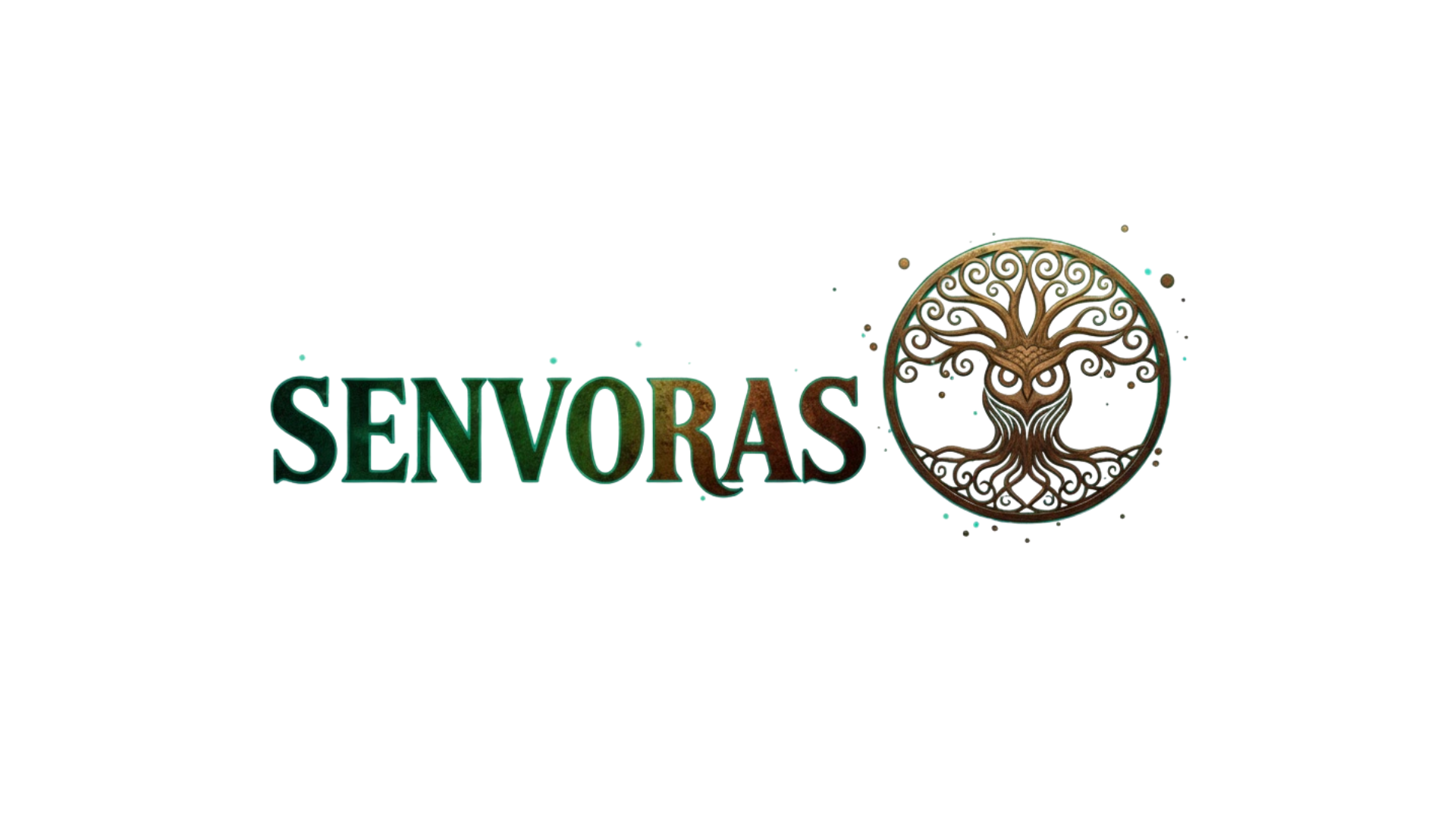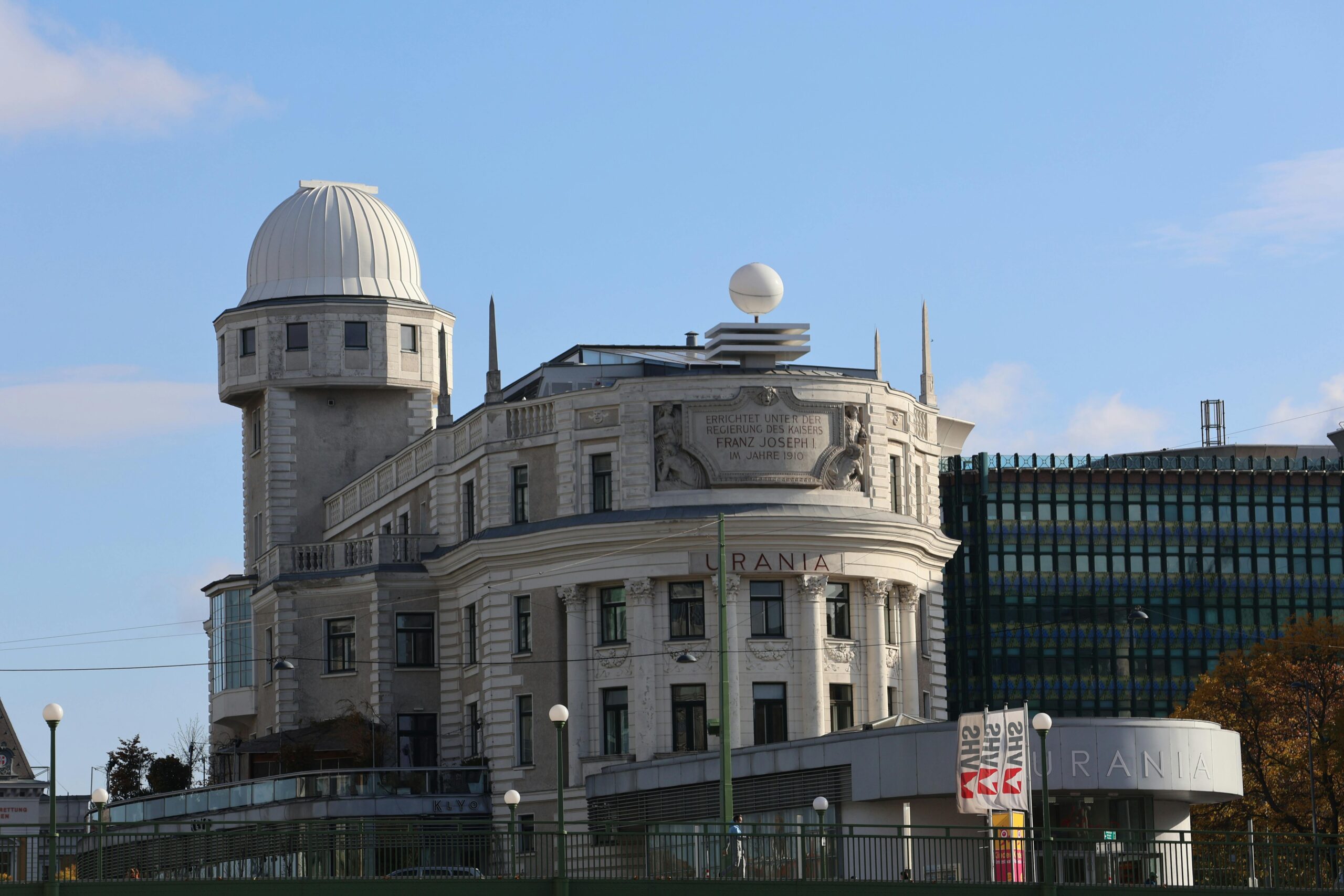The quest for eternal youth has captivated humanity for millennia, but today’s cutting-edge science is transforming this dream into tangible reality through groundbreaking immunosenescence reversal therapies.
Our immune system, once thought to decline irreversibly with age, is now at the forefront of revolutionary anti-aging interventions. Immunosenescence—the gradual deterioration of immune function as we grow older—has emerged as a critical target for scientists seeking to extend not just lifespan, but healthspan: those vibrant, disease-free years we all cherish. The exciting news is that researchers worldwide are developing therapies that can actually rewind the biological clock of our immune cells, offering unprecedented opportunities for ageless vitality.
This paradigm shift in longevity science represents more than incremental progress; it’s a fundamental reimagining of what’s possible when we understand and manipulate the cellular mechanisms of aging. From thymus regeneration to senolytic drugs, from metabolic reprogramming to advanced cellular therapies, the arsenal against immune aging is expanding rapidly, bringing us closer to a future where 70 might genuinely be the new 40.
🧬 Understanding Immunosenescence: The Hidden Driver of Aging
Immunosenescence encompasses a complex array of age-related changes affecting both innate and adaptive immunity. As we age, our thymus—the organ responsible for producing T cells—shrinks dramatically, reducing our capacity to generate fresh, naive immune cells capable of recognizing new threats. This thymic involution begins surprisingly early, starting in adolescence and accelerating through middle age.
Simultaneously, our existing immune cells undergo problematic transformations. T cells accumulate in a dysfunctional state called senescence, where they lose proliferative capacity but continue secreting inflammatory molecules. This phenomenon contributes to “inflammaging”—chronic, low-grade inflammation that accelerates tissue damage throughout the body. B cells, responsible for antibody production, also become less diverse and effective, explaining why elderly individuals respond poorly to vaccines and infections.
The consequences extend far beyond increased susceptibility to infections. Immunosenescence directly contributes to cancer development (as surveillance fails), autoimmune conditions (as self-tolerance erodes), neurodegenerative diseases, cardiovascular dysfunction, and even the visible signs of aging in skin and other organs. Understanding these mechanisms has opened therapeutic windows previously considered impossible.
💉 Thymus Regeneration: Rebooting the Immune System’s Factory
Perhaps the most ambitious immunosenescence reversal strategy focuses on regenerating the thymus gland itself. In a groundbreaking 2019 clinical trial known as the TRIIM (Thymus Regeneration, Immunorestoration, and Insulin Mitigation) study, researchers demonstrated that a cocktail of growth hormone, DHEA, and metformin could actually reverse thymic involution in human subjects.
Participants showed measurable thymus regrowth on MRI imaging, accompanied by rejuvenation of immune cell populations and a remarkable reversal of epigenetic age by an average of 2.5 years. This small but pivotal study sparked intense interest in thymus regeneration as a viable anti-aging intervention, with several follow-up trials now underway to refine the protocol and understand long-term effects.
Beyond pharmacological approaches, scientists are exploring regenerative medicine techniques including stem cell therapies to rebuild thymic tissue. Researchers have successfully created thymic organoids in the laboratory—miniature, functional thymus structures grown from stem cells—that could potentially be transplanted to restore immune function. These bioengineered organs represent a future where immune system “reboots” might become as routine as other surgical interventions.
Key Thymus Regeneration Strategies Currently in Development
- Hormonal modulation protocols: Optimizing growth hormone, sex steroids, and metabolic regulators to create environments conducive to thymic regrowth
- Keratinocyte growth factor (KGF) administration: This molecule specifically stimulates thymic epithelial cells, the structural framework supporting T cell development
- Interleukin-22 therapy: Early research suggests this cytokine can protect and regenerate thymic tissue after damage
- FOXN1 gene therapy: This transcription factor is essential for thymus function, and restoring its expression shows promise in animal models
- Bioengineered thymic organoids: Laboratory-grown thymus tissue that could be transplanted to supplement or replace aged thymic function
🔬 Senolytic Therapies: Eliminating Zombie Cells
Cellular senescence represents one of the most exciting targets in aging biology. Senescent cells—often called “zombie cells”—have stopped dividing but refuse to die, accumulating with age and secreting inflammatory molecules that damage surrounding tissues. In the immune system, senescent T cells and other immune cells contribute significantly to age-related dysfunction.
Senolytic drugs selectively eliminate these dysfunctional cells, allowing healthy cells to flourish. Compounds like dasatinib (a cancer drug) combined with quercetin (a plant flavonoid) have shown remarkable effects in animal studies, clearing senescent cells and improving healthspan across multiple organ systems. Clinical trials in humans are now exploring senolytic therapy for specific age-related conditions, with immune function improvement as a key outcome measure.
The beauty of senolytic approaches lies in their specificity. Unlike broad immunosuppression, these therapies target only the problematic cells while leaving healthy immune function intact. Early human data suggests that even intermittent senolytic treatment—perhaps just a few days every few months—might be sufficient to maintain benefits, making this approach both practical and potentially safe for long-term use.
🧪 Metabolic Reprogramming: Fueling Youthful Immunity
Emerging research reveals that immune aging isn’t solely determined by genetic programs but is profoundly influenced by cellular metabolism. Aged immune cells exhibit characteristic metabolic signatures: mitochondrial dysfunction, altered glucose metabolism, and accumulated oxidative damage. Remarkably, interventions that reprogram cellular metabolism can restore youthful immune function.
Caloric restriction and its mimetics (compounds that produce similar effects without actual food restriction) have demonstrated powerful immunoprotective effects. Rapamycin, an mTOR inhibitor initially used as an immunosuppressant, paradoxically improves immune function in aged individuals when used at lower, intermittent doses. By shifting cells away from growth-focused metabolism toward maintenance and quality control, rapamycin appears to preserve immune cell function and extend their healthy lifespan.
Metformin, the common diabetes medication, has emerged as another metabolic intervention with anti-aging properties. Beyond its glucose-lowering effects, metformin activates AMPK—a master metabolic regulator that promotes cellular cleanup processes and mitochondrial health. Observational studies suggest metformin users experience lower rates of age-related diseases, and the landmark TAME (Targeting Aging with Metformin) trial is specifically investigating whether metformin can delay aging processes in healthy individuals.
Metabolic Interventions Showing Immune-Rejuvenating Promise
| Intervention | Mechanism | Current Status |
|---|---|---|
| Rapamycin (low-dose intermittent) | mTOR inhibition, autophagy enhancement | Human trials ongoing for immune function |
| Metformin | AMPK activation, mitochondrial optimization | Large-scale TAME trial in progress |
| NAD+ precursors (NMN, NR) | Cellular energy restoration, sirtuin activation | Multiple human safety and efficacy trials completed |
| Spermidine | Autophagy induction, anti-inflammatory | Observational data strong, clinical trials emerging |
| Time-restricted eating | Metabolic cycling, cellular stress resistance | Numerous studies showing immune benefits |
🩺 Advanced Cellular Therapies: Engineering Ageless Immunity
The frontiers of immunosenescence reversal increasingly involve sophisticated cellular engineering. CAR-T cell therapy, which revolutionized cancer treatment by reprogramming patients’ T cells to attack tumors, has inspired similar approaches for rejuvenating aged immune systems. Researchers are developing methods to extract immune cells, rejuvenate them in the laboratory, and reinfuse them to restore youthful immune function.
Partial reprogramming represents perhaps the most futuristic approach currently in development. By briefly exposing cells to Yamanaka factors—the same transcription factors that can turn adult cells into pluripotent stem cells—scientists can erase some epigenetic marks of aging without causing cells to lose their specialized identity. Early experiments suggest this technique can restore youthful function to aged immune cells, offering a potential “reset button” for the immune system.
Exosome therapy is another emerging frontier. These tiny vesicles secreted by cells carry messages between tissues, and exosomes from young, healthy cells appear capable of rejuvenating aged tissues when transferred. Companies are now developing exosome-based therapeutics specifically designed to deliver rejuvenating signals to aged immune cells, with early clinical trials showing encouraging safety profiles.
🌿 Natural Compounds and Lifestyle Interventions That Support Immune Longevity
While cutting-edge therapies dominate headlines, evidence-based natural interventions offer accessible ways to slow immunosenescence today. These approaches may not reverse aging as dramatically as experimental therapies, but their safety profiles and availability make them valuable components of any longevity strategy.
Specific nutritional compounds have demonstrated immunoprotective properties in rigorous studies. Curcumin, the active component in turmeric, modulates inflammatory pathways and may help maintain T cell function. Resveratrol activates longevity-associated sirtuins and has shown immune-enhancing effects in some trials. Omega-3 fatty acids, particularly EPA and DHA from fish oil, help resolve chronic inflammation and maintain immune cell membrane function.
Exercise stands out as perhaps the most potent accessible intervention against immunosenescence. Regular moderate-intensity exercise has been shown to reduce senescent T cell accumulation, enhance thymic function (even in older adults), improve vaccine responses, and reduce inflammaging markers. Remarkably, masters athletes in their 70s and 80s show immune profiles resembling those of sedentary individuals decades younger, demonstrating that physical activity powerfully counteracts immune aging.
Sleep quality profoundly influences immune function, with chronic sleep deprivation accelerating immunosenescence. During deep sleep, the immune system performs essential maintenance functions, clearing damaged cells and consolidating immunological memory. Prioritizing sleep hygiene—consistent schedules, dark environments, temperature optimization—represents a zero-cost intervention with substantial immune benefits.
⚡ The Synergistic Approach: Combining Therapies for Maximum Impact
The future of immunosenescence reversal likely lies not in single interventions but in carefully orchestrated combinations. Just as modern cancer treatment employs multiple complementary approaches, optimal immune rejuvenation may require addressing multiple aging mechanisms simultaneously.
Researchers are beginning to explore rational combinations: senolytic drugs to clear dysfunctional cells, followed by metabolic interventions to optimize remaining cells, combined with thymic regeneration to restore production of fresh immune cells. Early animal studies testing such multi-pronged approaches show synergistic benefits exceeding what any single intervention achieves alone.
Personalization will also prove critical. Individual immune aging patterns vary based on genetics, life history (infections, vaccinations, stress), and environmental exposures. Advanced immune profiling—analyzing T cell repertoire diversity, inflammatory markers, and functional capacity—can identify specific deficits that targeted interventions might address. This precision medicine approach to immune rejuvenation is becoming increasingly feasible as diagnostic technologies advance and costs decline.
🔮 Clinical Translation: When Will These Therapies Reach You?
The timeline for widespread availability of immunosenescence reversal therapies varies considerably depending on the approach. Some interventions, like metformin and certain supplements, are already accessible, though their use specifically for immune rejuvenation remains off-label. Lifestyle interventions—exercise, sleep optimization, dietary strategies—can be implemented immediately based on existing evidence.
Senolytic therapies are advancing rapidly through clinical trials, with several pharmaceutical companies developing purpose-built senolytic drugs. First-generation senolytics like the dasatinib-quercetin combination might reach clinical approval for specific age-related conditions within the next 3-5 years, potentially expanding to broader longevity indications thereafter.
Thymic regeneration protocols require more extensive safety and efficacy testing before becoming standard care. The initial TRIIM study results were promising but involved only a small number of participants. Larger, longer-duration trials are essential to establish optimal protocols and identify potential risks. Realistically, clinically validated thymus regeneration therapies might emerge within the next 5-10 years.
The most advanced cellular therapies and partial reprogramming approaches remain largely in preclinical development, with first-in-human trials just beginning. These complex interventions require extensive safety evaluation and will likely remain expensive and limited in availability for years, though costs typically decline as technologies mature.
🌟 Living at the Intersection of Science and Possibility
We stand at an extraordinary moment in human history where the scientific understanding of aging has matured sufficiently to enable genuine interventions. Immunosenescence reversal represents one of the most promising avenues because immune function influences virtually every aspect of healthspan—from infection resistance to cancer prevention, from cardiovascular health to cognitive function.
For individuals interested in maximizing their chances of benefiting from these advances, several strategies make sense. Stay informed about emerging research and clinical trials through reputable sources. Implement evidence-based lifestyle interventions that support immune health today. Work with forward-thinking healthcare providers who understand longevity medicine principles. Consider participation in clinical trials if appropriate opportunities arise.
The democratization of longevity science is also accelerating. Biomarkers of immune aging that once required research laboratories can increasingly be measured through commercial services, allowing individuals to track their immune age and assess whether interventions are working. This feedback loop between measurement and intervention promises to accelerate both scientific understanding and personal optimization.

💫 Embracing a Future of Extended Vitality
The revolution in immunosenescence reversal therapy represents more than technical achievement—it embodies a fundamental shift in how we conceptualize aging itself. Rather than inevitable decline, aging increasingly appears as a treatable condition, or more accurately, a collection of specific biological processes that can be targeted and modified.
The implications extend beyond individual health to society at large. Extended healthspan could transform retirement, multigenerational relationships, career trajectories, and our relationship with time itself. These profound changes will require thoughtful consideration of ethical, economic, and social dimensions alongside the pure science.
What remains clear is that the fountain of youth, long relegated to mythology, is emerging from laboratories as a genuine scientific possibility. By understanding and reversing immunosenescence, we’re not just adding years to life—we’re adding life to years, promising a future where vitality persists far longer than our ancestors dared imagine. The age of ageless vitality may not have fully arrived, but its dawn is unmistakably breaking on the horizon. 🌅
Toni Santos is a longevity writer and regenerative medicine researcher dedicated to exploring how biology, technology, and ethics can extend healthspan. With a focus on cellular repair and anti-aging biotechnology, Toni examines how next-generation therapies translate lab breakthroughs into real-world vitality. Fascinated by stem cell science, telomere dynamics, and systems biology, Toni’s journey bridges research reviews, expert interviews, and clear public communication. Each article he shares aims to separate evidence from hype—helping readers understand what’s promising, what’s premature, and what truly supports long-term health. Blending molecular biology, clinical insight, and accessible storytelling, Toni investigates interventions that target the root drivers of aging. His work honors responsible innovation—prioritizing safety, transparency, and human wellbeing in the pursuit of extended healthspan. His work is a tribute to: Anti-aging biotechnology grounded in rigorous evidence Cellular rejuvenation pathways that restore function and resilience Stem cell and telomere research advancing ethical longevity care Whether you’re a clinician, researcher, or health enthusiast, Toni Santos invites you to explore the frontiers of regeneration—one discovery, one mechanism, one healthier year at a time.




